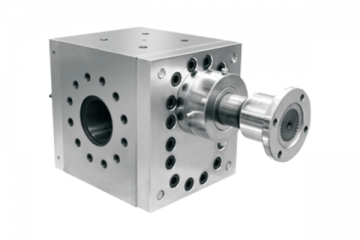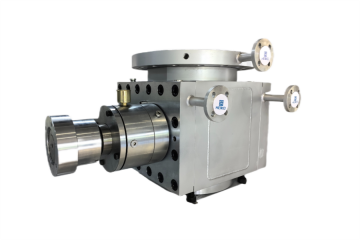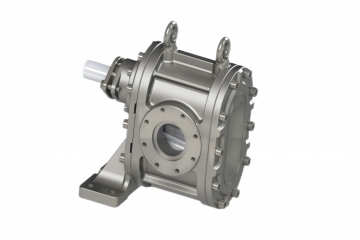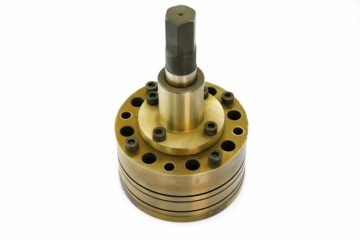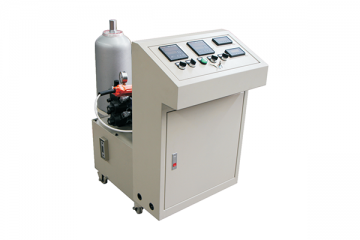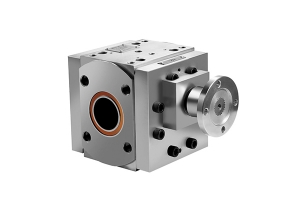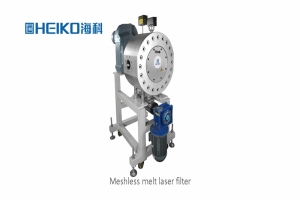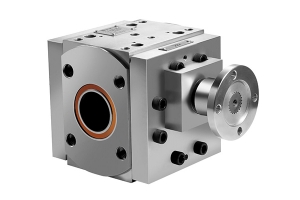As a key filtration equipment in extrusion production, screen changer is widely used in the following types of production lines, its core function is to filter the melt impurities, to ensure production continuity and improve product quality:
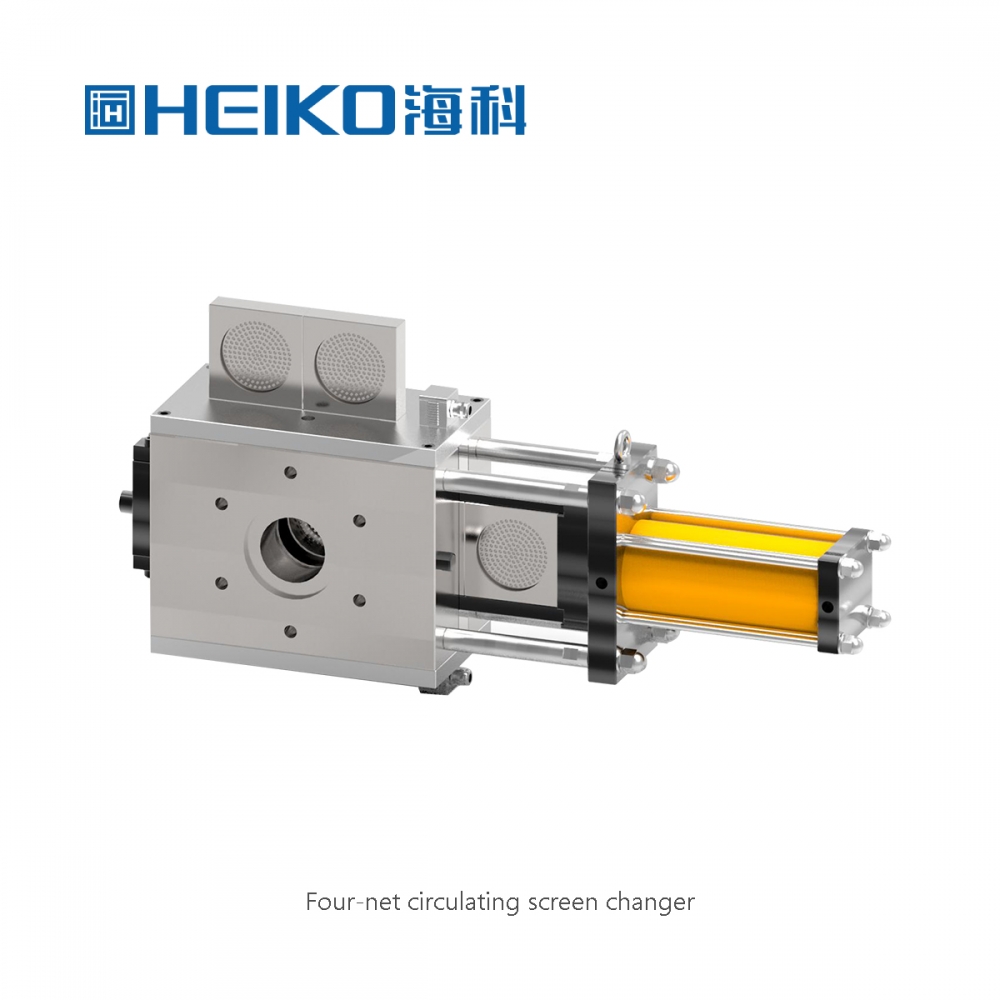
I, polymer (plastic and rubber) molding production line
film and sheet extrusion
including blown film, cast film, bi-directional stretch film (such as BOPP) and so on.
Case: a large BOPP production line configured with double column hydraulic screen changer, unplanned downtime from 12 hours per month down to 1.5 hours per month, an annual increase of more than 2 million yuan in benefits; film crystal point number from 15 / ㎡ down to less than 3 / ㎡, the thickness deviation optimized to ± 1.5%.
Pipe and Profile Extrusion
It is suitable for the production of polyethylene (PE), polypropylene (PP), polyvinyl chloride (PVC) and other pipes, as well as the extrusion of profiles such as door and window profiles and building templates.
Advantage: Hydraulic screen changer filters impurities and unplasticized particles from the raw material, ensuring smooth inner wall of the pipe and stable size of the profile.
Recycled material pelletizing and modification
In plastic recycling lines, the screen changer can handle a 30% recycled material ration, with a continuous working time of up to 120 hours (double-column equipment), which is 2.4 times that of single-column equipment.
Technology: The double-column screen changer is equipped with “backwashing + ultrasonic” dual-mode cleaning system, which improves the screen regeneration efficiency by 60% and maintains the filtration precision of 150μm for a long time.
Wire drawing and underwater pelletizing
Used in chemical fiber spinning, plastic drawing (such as baling tape, fishing net wire) and underwater pelletizing process.
Effect: The automatic screen changer can avoid spinning breakage caused by screen clogging and improve product uniformity and strength.
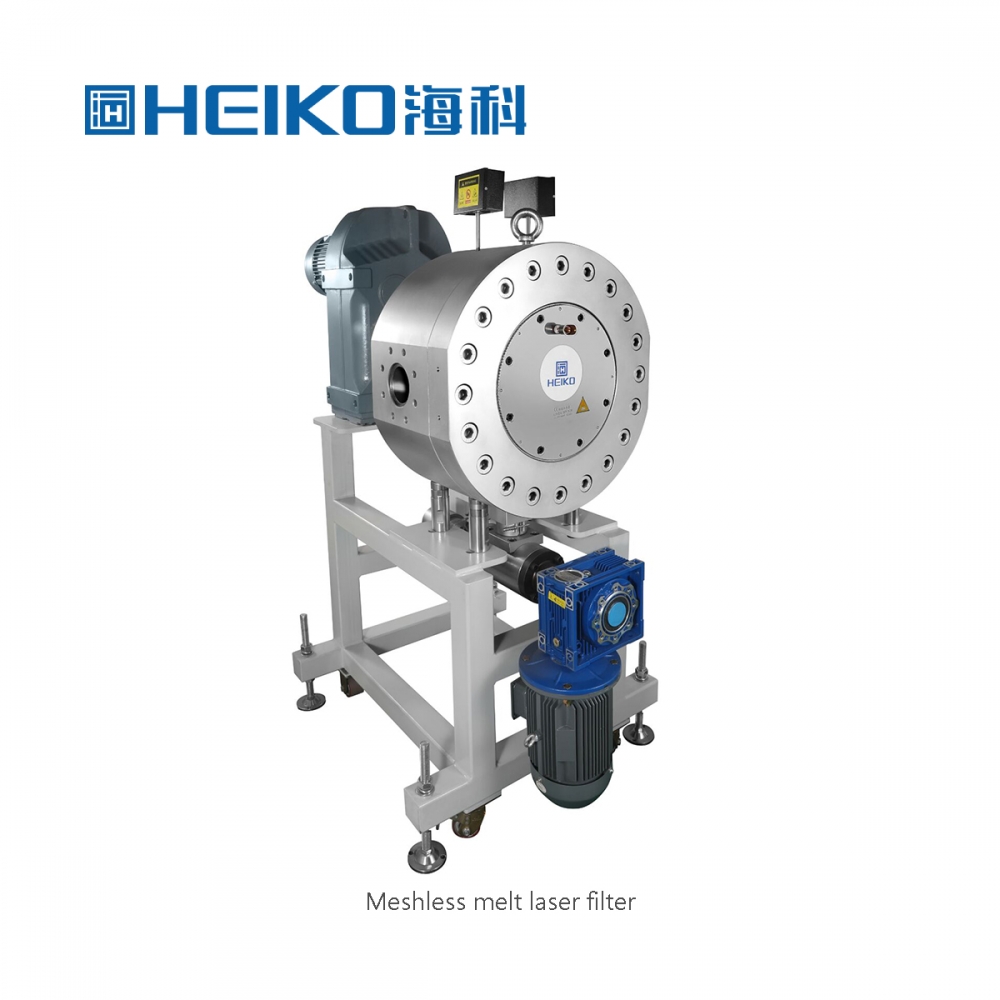
II. Ceramic Extrusion Line
Application Scenario: Extrusion molding process for ceramic tiles, ceramic pipes, sanitary wares and so on.
Function: Filter hard particles and impurities in ceramic raw materials, reduce mold wear and ensure product surface finish.
Data: a ceramic enterprise test shows that the use of double-column hydraulic screen changer, mold life extension of 40%, product defective rate reduced by 25%.
III, chemical fiber and chemical production line
Chemical fiber spinning
For polyester, polyamide, polypropylene and other spinning process, to ensure the purity of the melt, to avoid breakage and hair.
Case: a chemical fiber plant using mesh belt type automatic screen changer, spinning speed increased by 15%, reduce energy consumption by 8%.
Chemical Reaction & Filtration
In polymerization reaction units, screen changers filter catalyst residues and gel particles to improve chemical product purity.
Advantage: Hydraulic driven screen changer has little pressure fluctuation, avoiding the safety risk of reactor due to sudden pressure change.
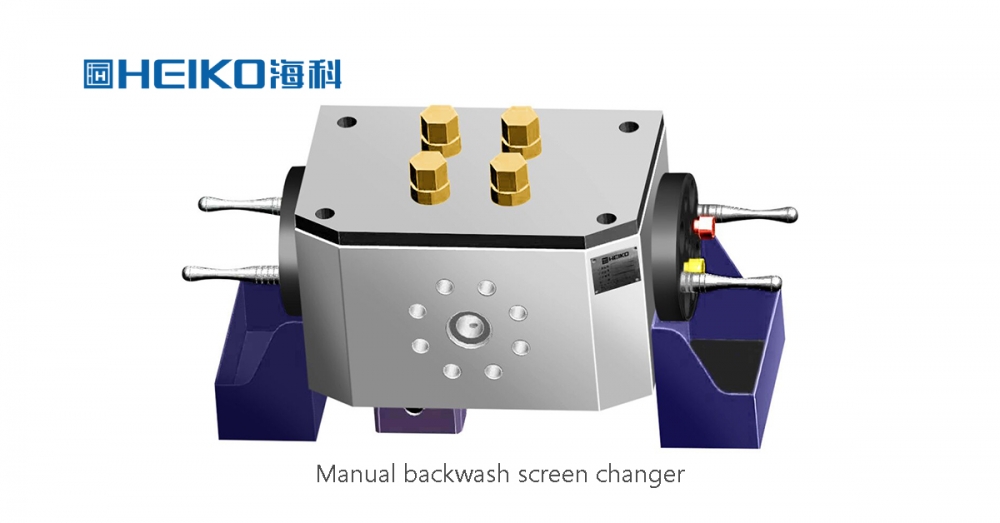
IV. Special Application Scenarios
Masterbatch and Functional Masterbatch Production
The screen changer can filter the undispersed pigments and impurities in the masterbatch to ensure the color uniformity.
Technology: Adopting high-precision filter mesh (50-100μm), together with the intelligent temperature control system, the fluctuation of melt temperature is controlled within ±1℃.
Extrusion of medical materials
In the production of medical catheters, infusion bags, etc., the screen changer needs to meet the aseptic requirements, and the screen replacement process needs to be completely sealed.
Case: A medical company uses a fully enclosed hydraulic screen changer, and the product has passed ISO 13485 certification.
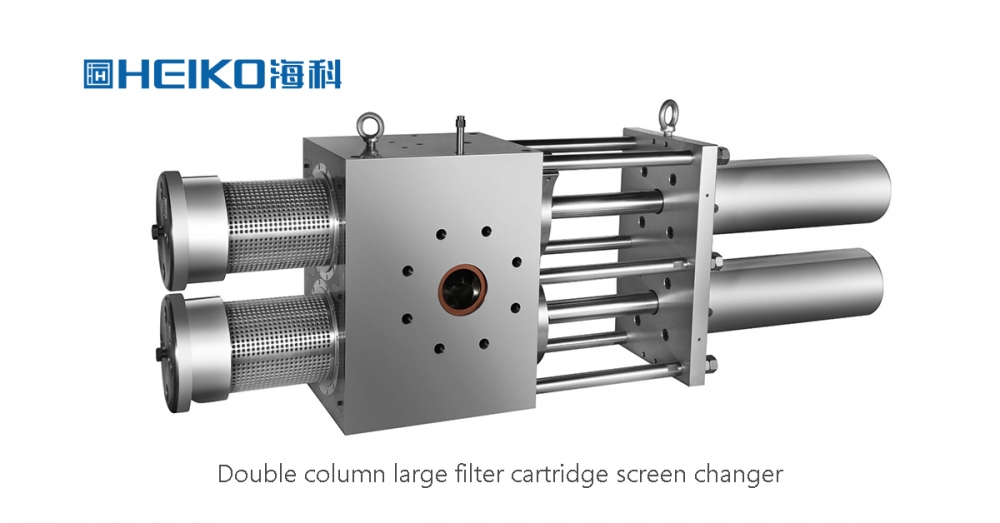
Screen changers have penetrated into all aspects of extrusion production, and their selection requires comprehensive consideration of material characteristics (such as viscosity, impurity content), production speed (continuity requirements) and cost budget. For example, ceramic extrusion prioritizes dual-column screen changers with high abrasion resistance, while medical materials require a fully enclosed design. With the iteration of technology, hydraulic drive, intelligent temperature control and modular sealing have become the standard for high-end screen changers, further promoting the precision and automation upgrade of the extrusion industry.
Email: sale@heikomachinery.com
WhatsApp: +86 138 0371 7447






